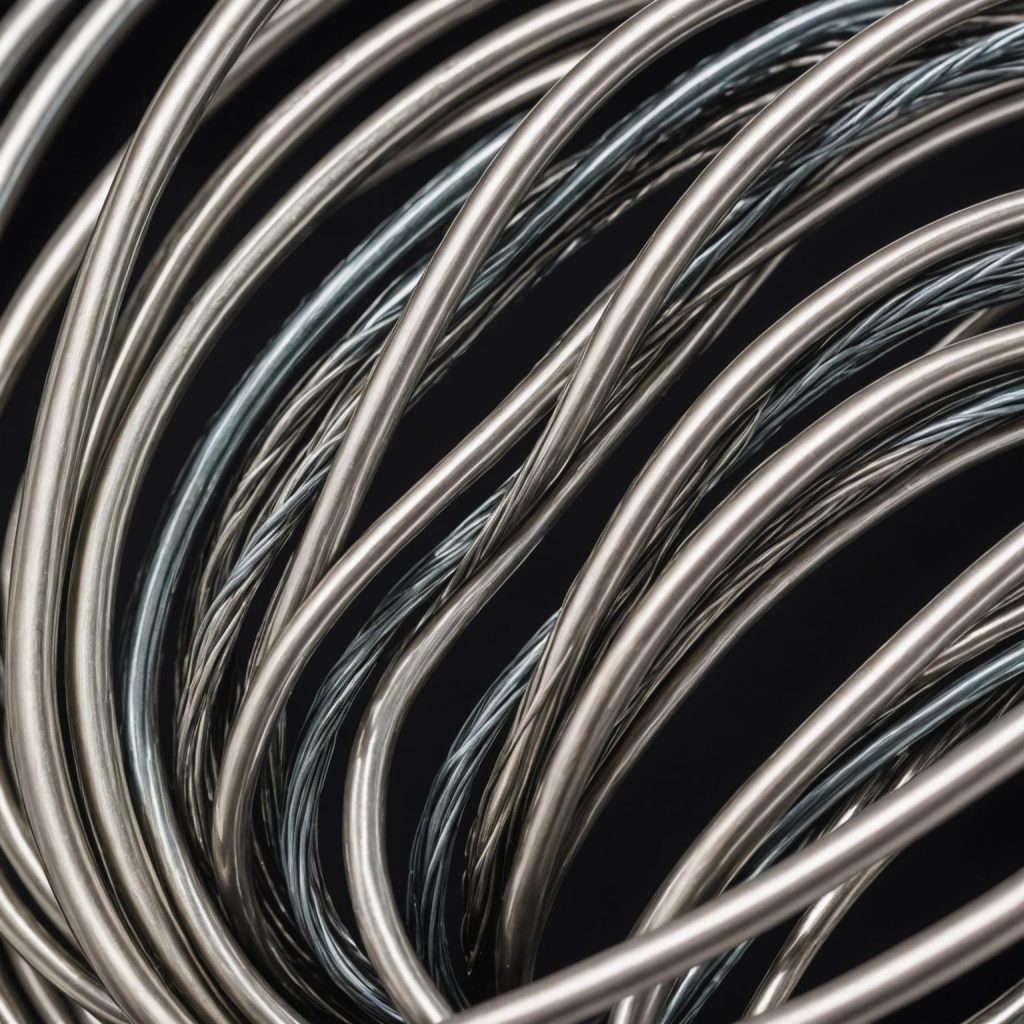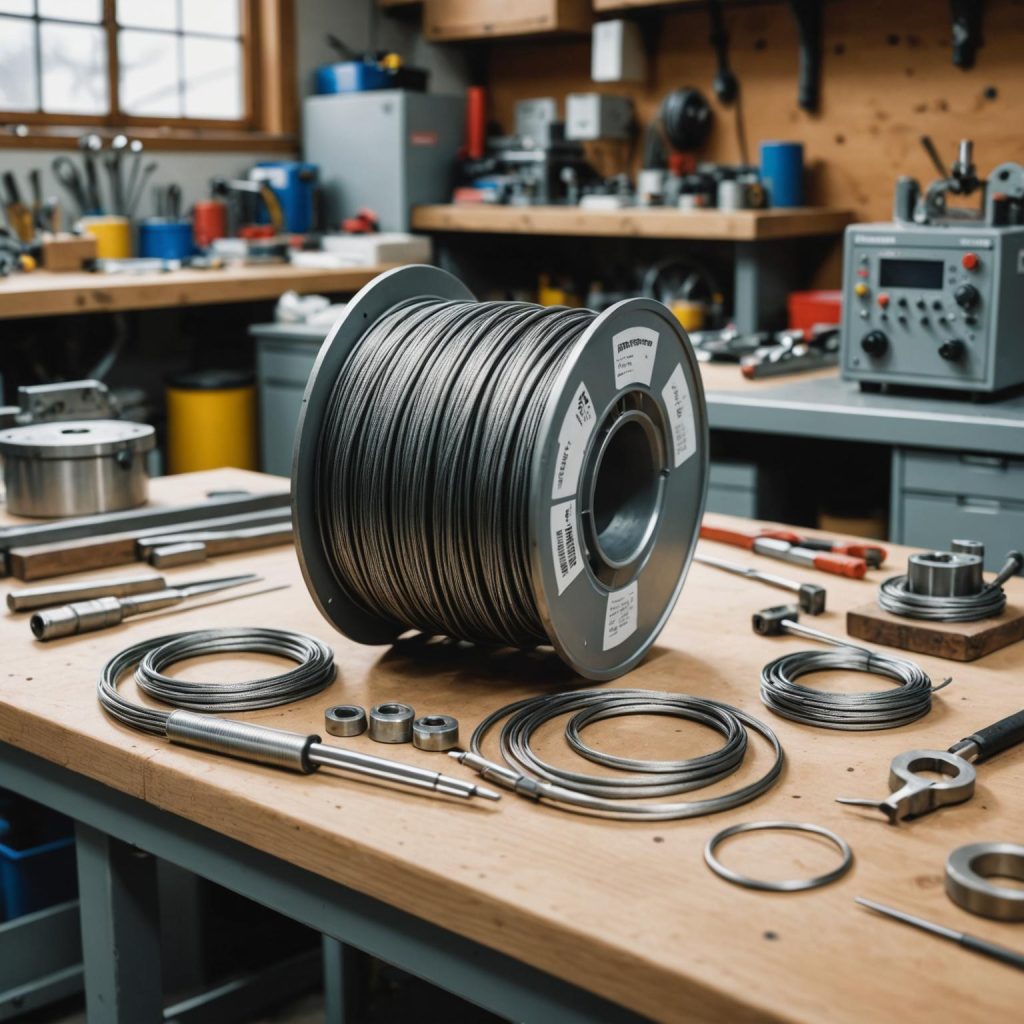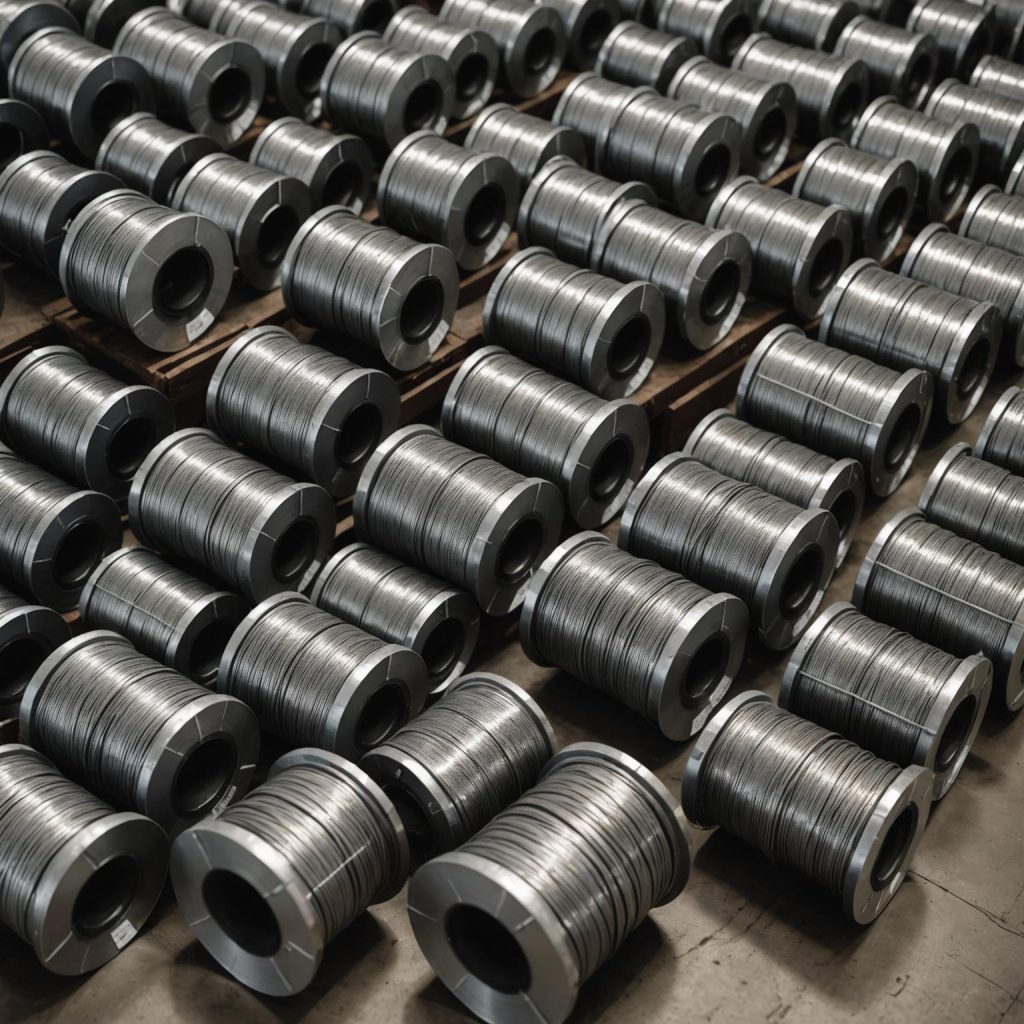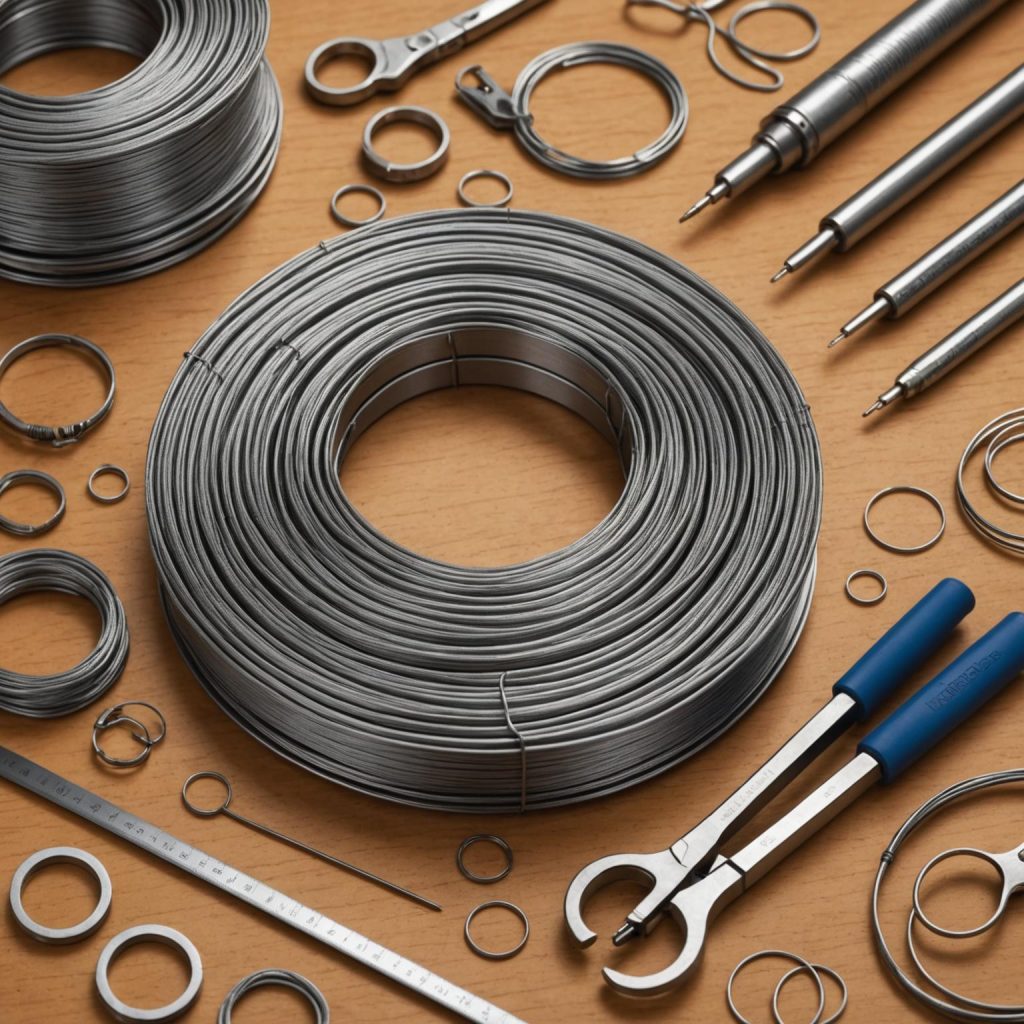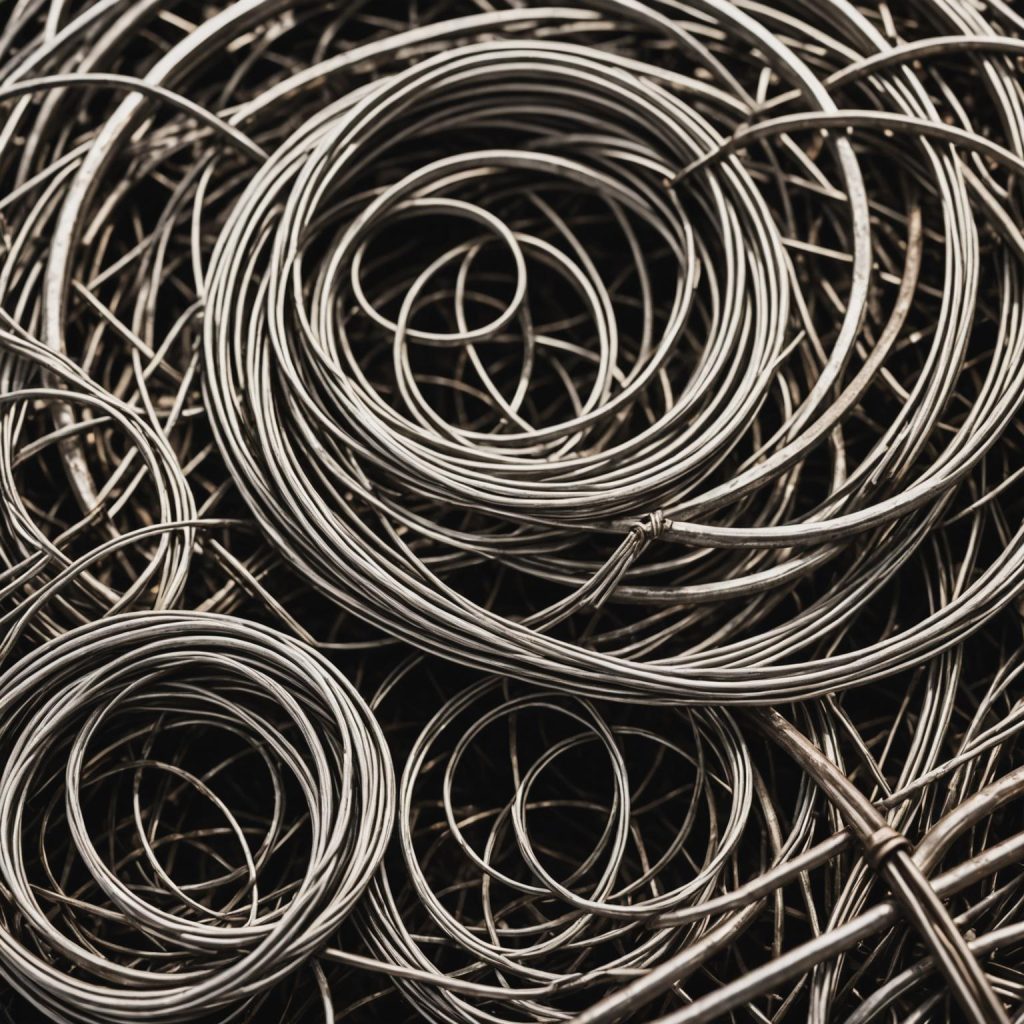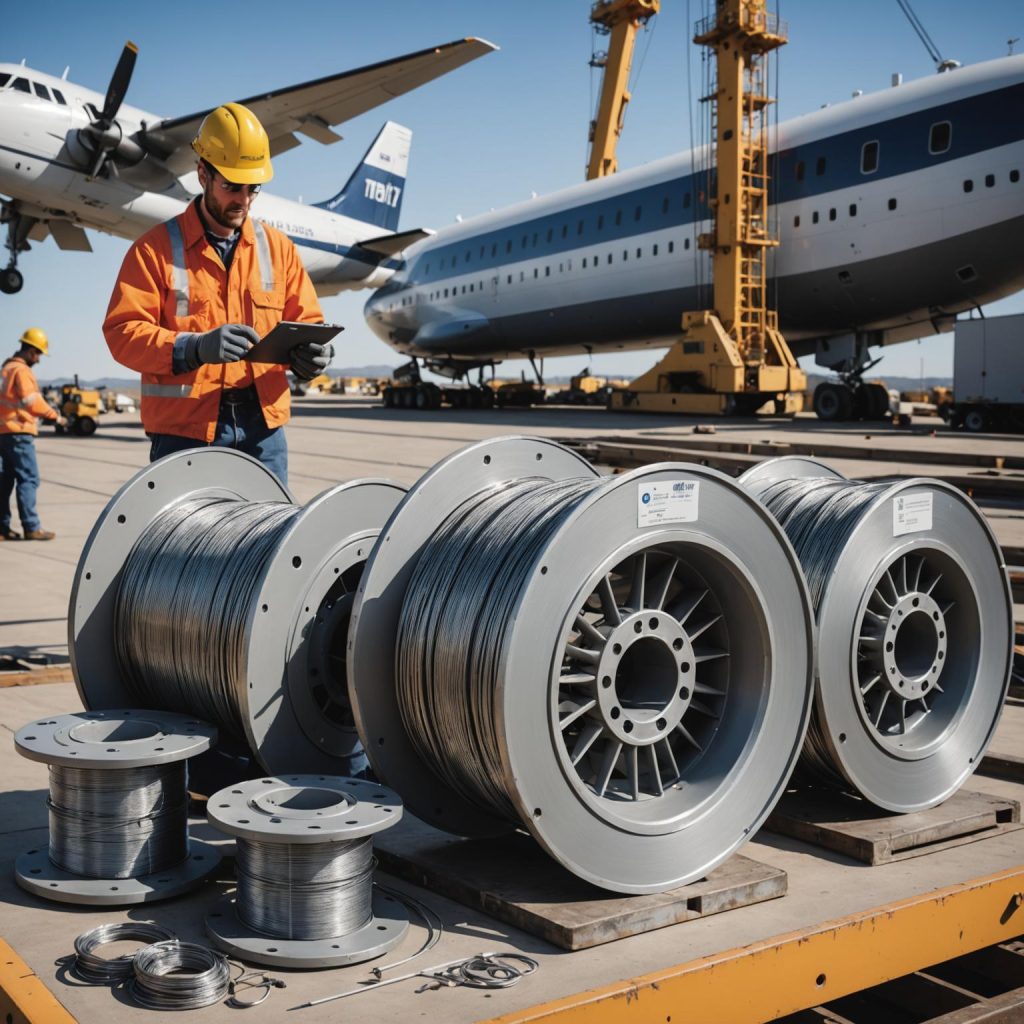LED, or light-emitting diode, is a highly efficient and low-energy lighting solution that has gained immense popularity in recent years. LED lights have revolutionized the lighting industry, offering a wide range of benefits such as energy efficiency, durability, and versatility. As the demand for sustainable and cost-effective lighting solutions continues to grow, LED lights have emerged as the go-to choice for both residential and commercial applications. In this article, we will explore the various aspects of LED lights and their impact on the lighting industry.<br><br>One of the key advantages of LED lights is their energy efficiency. Unlike traditional incandescent bulbs, LED lights consume significantly less energy while providing the same level of brightness. This not only translates to lower electricity bills for consumers but also contributes to environmental conservation by reducing carbon emissions. With the global focus on sustainability, LED lights have become an integral part of green building initiatives and energy-efficient lighting designs.<br><br>In addition to energy efficiency, LED lights are known for their exceptional durability. The solid-state construction of LEDs makes them highly resistant to shock, vibration, and external impacts, ensuring a longer lifespan compared to conventional lighting technologies. This durability factor not only reduces maintenance costs but also minimizes the need for frequent replacements, making LED lights a cost-effective lighting solution in the long run.<br><br>Furthermore, LED lights offer unparalleled versatility in terms of design and application. They are available in a myriad of shapes, sizes, and color temperatures, allowing for customized lighting solutions to suit specific requirements. Whether it’s accent lighting, task lighting, or decorative lighting, LED lights can be tailored to create the desired ambiance and visual appeal. From residential spaces to commercial establishments, the versatility of LED lights enables architects and lighting designers to explore innovative lighting concepts.<br><br>The growing demand for LED lights has led to advancements in lighting technology, resulting in a diverse range of LED products catering to various needs. LED lights are now available for indoor and outdoor use, including LED bulbs, LED strips, LED fixtures, and specialized LED applications such as smart lighting systems. With continuous innovation, LED technology is constantly evolving to deliver enhanced performance, efficiency, and connectivity, aligning with the digital age and the Internet of Things (IoT).<br><br>In conclusion, the widespread adoption of LED lights signifies a significant shift towards sustainable and efficient lighting solutions. As the lighting industry continues to embrace the benefits of LED technology, it is evident that LED lights will play a pivotal role in shaping the future of illumination. Whether it’s reducing energy consumption, minimizing maintenance efforts, or unleashing creative lighting designs, LED lights have truly illuminated the path towards a brighter and more sustainable world.
Blog
Related Posts
Curtain Spring Insight: Mechanism, Design & Applications
1.Understanding Curtain Springs
2.Innovative Applications of Springs and Bushings
3.Engineering Excellence with Metallic Coil Rolls
4.Enhancing Mechanisms with Quality Components
Curtain Spring: Functionality, Design & Advantages
1. Understanding Curtain Spring
2. The Mechanism of Curtain Springs
3. The Advantages of Advanced Curtain Spring Designs
4. Enhancing Efficiency and Style
Innovative Variable Force Spring for Mechanical Excellence
1. Innovative Precision Engineering
2. Applications in Multiple Industries
3. Durability and Aesthetic Appeal
4. Elevating Engineering Solutions
Variable Force Spring: Innovating Mechanical Springs
1.Introduction to Variable Force Springs
2.Product Features and Applications
3.The Role of 广州品店科技
The Importance and Role of Take-up Springs in Industry
1.Understanding Take-up Springs
2.Spring Manufacturing and Customization
3.Introducing Our Stainless Steel Strap Roll
4.Conclusion
Take-Up Spring: Essential for Industrial Excellence
1. Understanding the Importance of Take-Up Springs
2. How Take-Up Springs Complement Stainless Steel Banding Rolls
3. Exploring Applications of Take-Up Springs and Stainless Steel Banding Rolls
Understanding Titanium Wire: Properties and Uses
1. Understanding Titanium Wire
2. Buying Titanium Wire: What to Look For
3. Titanium Wire Properties: Why It Stands Out
4. Applications and Benefits of Titanium Wire
5. How It Compares to Stainless Steel Wire
6. Conclusion: Elevate Your Projects
Titanium Wire: Properties, Suppliers, and Applications
1.Understanding Titanium Wire Properties
2.Where to Buy Titanium Wire
3.Applications of Titanium Wire
4.Tips for Handling and Storing Titanium Wire
Titanium Wire: Properties, Applications & Where to Buy
1. Introduction to Titanium Wire
2. Why Choose Titanium Wire?
3. Where to Buy Titanium Wire?
4. Applications of Titanium Wire
5. Comparing Titanium Wire with Aluminum Wire
6. Conclusion
Titanium Wire: Properties, Uses & Buying Guide
1. Understanding Titanium Wire and Its Properties
2. How to Choose and Buy Titanium Wire
3. Applications and Maintenance of Titanium Wire
7 Reasons to Choose Titanium Wire for Your Next Project
1. 7 Reasons to Choose Titanium Wire for Your Next Project
2. Exceptional Strength-to-Weight Ratio
3. Superior Corrosion Resistance
4. Versatility for Various Applications
5. Rust-Resistant Durability
6. Aesthetic Appeal for Creatives
7. Eco-Friendly and Recyclable
8. Easy Availability
10 Reasons Why Titanium Wire is the Best for Projects
1. Superior Strength-to-Weight Ratio
2. Exceptional Corrosion Resistance
3. Versatility Across Applications
4. Easy Sourcing from Titanium Wire Suppliers
5. Durability That Lasts
6. Better Workability
7. Aesthetically Pleasing Metallic Finish
8. An Environmentally-Friendly Material
9. Compatible with Modern Engineering
10. Competitive Pricing in the Market

